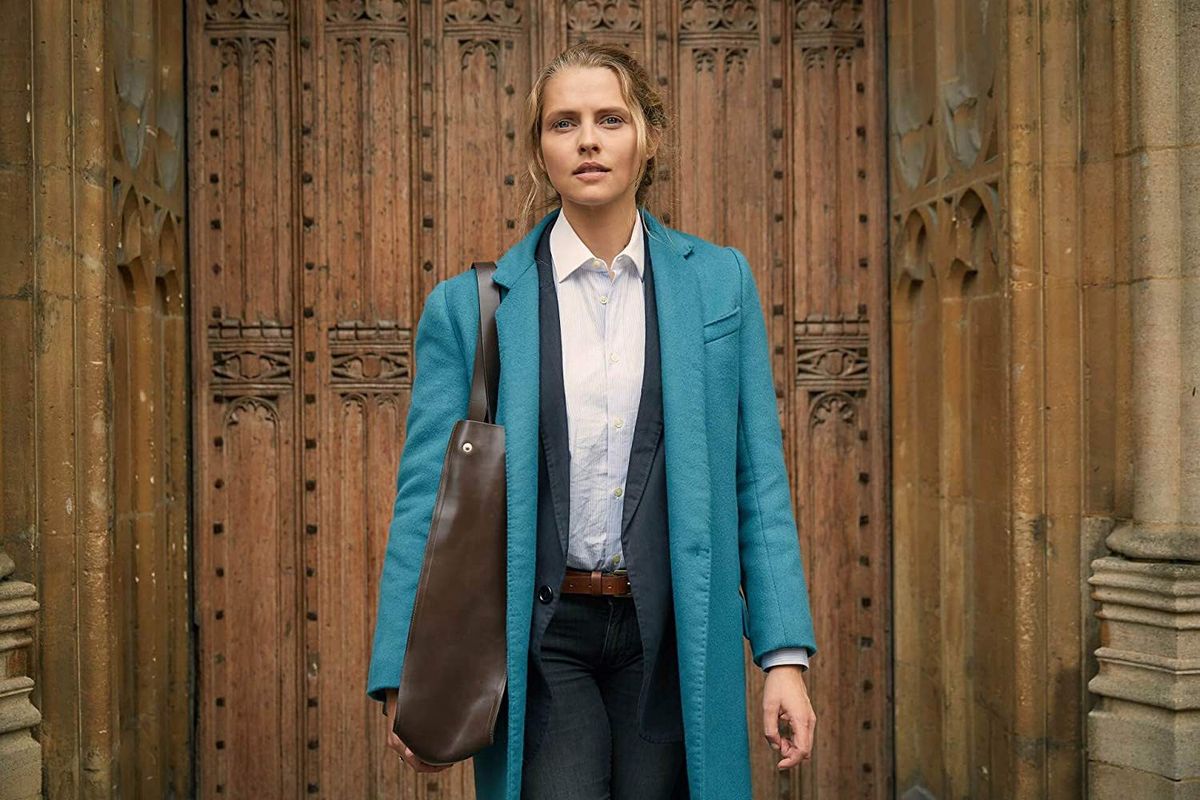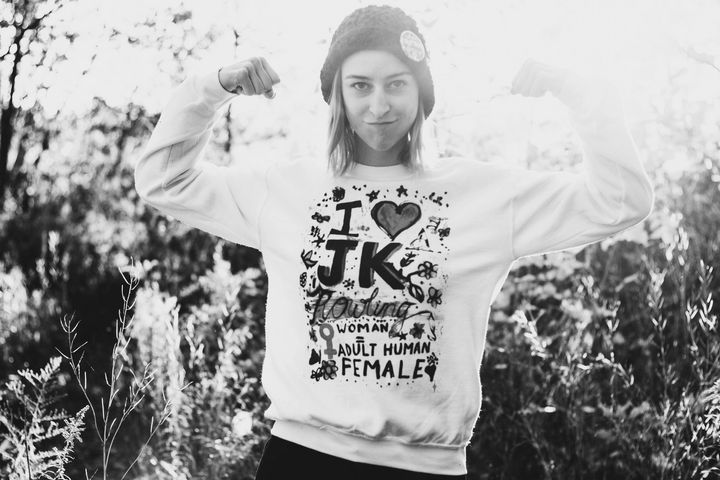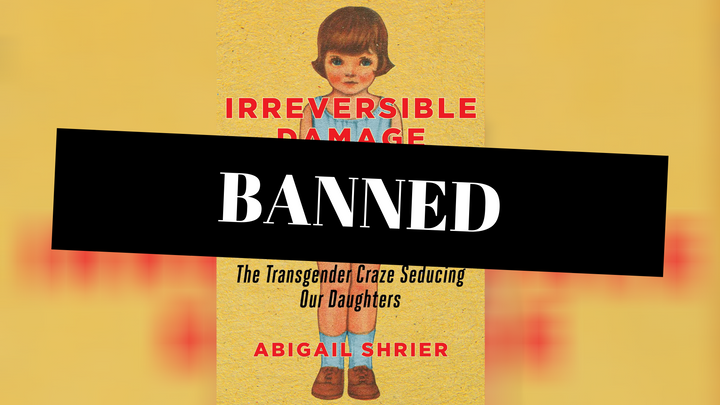‘A Discovery of Witches’ Provides a Feminist Alternative to Twilight
A pleasant surprise in the vampire romance genre.

This story contains spoilers for both A Discovery of Witches (TV show and book) and the Twilight series (books and movies).
There’s nothing sexier than a vampire romance. But for a modern feminist, vampire romance novels and TV have left much to be desired. Sky One’s A Discovery of Witches, based on the novel of the same name by Deborah Harkness, fills a much-needed gap in the genre — a vampire romance that doesn’t leave me feeling gross and guilty after watching.
Twilight, the book/movie that launched a modern revival of the genre, has long been criticized for its lack of strong female characters. If anything, Twilight could be said to have explicitly weak female characters. The heroine, Bella, is remarkable only in her absolute unremarkability. She is completely ordinary, just a normal high school girl, not particularly smart, not particularly pretty, willing to sacrifice everything for the love of a moody jerk.
Witches, on the other hand, follows Diana Bishop. Diana is a bookish historian of ancient Alchemy who has excelled at her field, being offered an Oxford professorship well before her jealous peers. She is both brainy and beautiful — standing in stark contrast to Twilight’s Bella, a girl defined by her normalness. Perhaps more importantly, Diana isn’t a naive high school girl. She is a successful academic, a woman not afraid to travel overseas alone for her work. She is a grown adult. She has survived tragedy and loss before. She has forged a path in life already.
The balance of power between Twilight’s Bella and Edward, her vampire lover, always felt a little off. She was practically a child; he was hundreds of years old. She was young, naive, foolish, and normal. Edward was everything but (well, maybe foolish). He was the lion, and she the lamb. Predator and prey. Her life depended solely on his ability to control his inner demon. He could kill her at any moment. Eventually, he does.
The star-crossed lovers of Witches, however, occupy a more even playing ground. Diana finds herself falling for the mysterious vampire Matthew, a dark (but less moody) parallel to Edward. Still centuries older than her, Diana, at least, is not defenseless to him. Diana, unlike Bella, is powerful in her own right. She is the heir of deep magic, passed from her ancestors who were burned at the stake in Salem (presumably Bridget Bishop, the first victim of the trials). She is also, apparently, the chosen one. Her power is unmatched among witches of her generation and, although she is just learning how to use it, she can stand her ground against her vampire lover, Matthew, if necessary.
In one moment of passion, she defiantly declares:
Matthew, you will never harm me. I’m not human, I’m powerful. And you will never hurt me because you don’t want to; you can’t. I won’t let you.
The contrast to Bella, who remains purely at the mercy of Edward and his family until she is finally turned into a vampire, herself, is drastic.
Witches certainly plays on classic fantasy tropes, yet it is hard to understate how refreshing it is to see the chosen one not just as a girl, but a woman. Diana, named after a goddess, is the embodiment of female power. The references to the women who burned in Salem help drive home the message: female power can not be silenced.
The show isn’t afraid to confront patriarchy, even within the underworld of magical creatures. The witches, despite the most powerful among them being all women, are ruled by a noxious old white man who seeks to control and use their power for himself. The show portrays women, no matter what side they occupy in the magical war that unfolds, banding together to help each other. Vampire, witch, and demon women all seem willing to put aside their differences when necessary. The prejudices and wars between the magical species are those of men.
Importantly, the show is diverse, not afraid to show magical creatures, good and bad, of various races. Diana’s aunts, Sarah and Emily, are lesbians. Given the history of oppression gender non-conforming women, especially lesbians, have experienced and the deep connections between lesbian/feminist history and witchcraft, this inclusion is not just pandering but necessary for an authentic witchy experience. The willingness of Witches to unabashedly demonstrate female power, love, and relationships is relatively new to the vampire romance genre.
The women of Witches, even villains, are never one dimensional or simply love interests. Satu, the primary female villain, displays solidarity and compassion for Diana even while she holds her captive. Later, Satu has the opportunity to release an elder witch from a magical prison where their patriarch has held her for presumably hundreds of years. Despite the personal risk for defying her male leader, Satu releases the elder witch.
“Perhaps even more surprising, though, is that Witches never gives in to the temptation to become soft-core pornography.”
Twilight, on the other hand, never fully delivered on their female characters. Bella’s friends are half-wit high schoolers, her mother is AWOL, and the female vampires like Rosalie and Alice are purely one-dimensional.
Perhaps even more surprising, though, is that Witches never gives in to the temptation to become soft-core pornography. The actresses are almost never objectified and are usually wearing cloaks or jackets appropriate to the dreary England weather. Given the explosion in small-screen porn, I was genuinely shocked that I never once saw breasts or a man humping a woman under her skirt through the entire series.
While other TV shows are relying on sex to sell, Witches was able to deliver without it. In a highly pornified genre (so much so, that it may be blamed for single-handedly normalizing BDSM), seeing reasonable depictions of human (or witch) sexuality was incredibly refreshing. One sex scene (of which, I believe there are only two in the eight-episode first season), portrayed the couple joking and laughing rather than simply moaning and writhing. It was actually enjoyable rather than uncomfortable to watch.
Sure, Witches still centers a white heterosexual relationship, and Diana’s powers do seem to be intricately tied to her relationship with Matthew — so she’s not the completely independent heroine we dream of. Yet, I was constantly surprised and impressed by how much this show lets me enjoy it without feeling like I am selling my soul to the patriarchal devil. In a genre severely lacking genuine female role models, I can honestly say that Diana Bishop does not disappoint.
The generous support of our readers allows 4W to pay our all-female staff and over 50 writers across the globe for original articles and reporting you can’t find anywhere else. Like our work? Become a monthly donor!
Enter your email below to sign in or become a 4W member and join the conversation.
(Already did this? Try refreshing the page!)





Comments